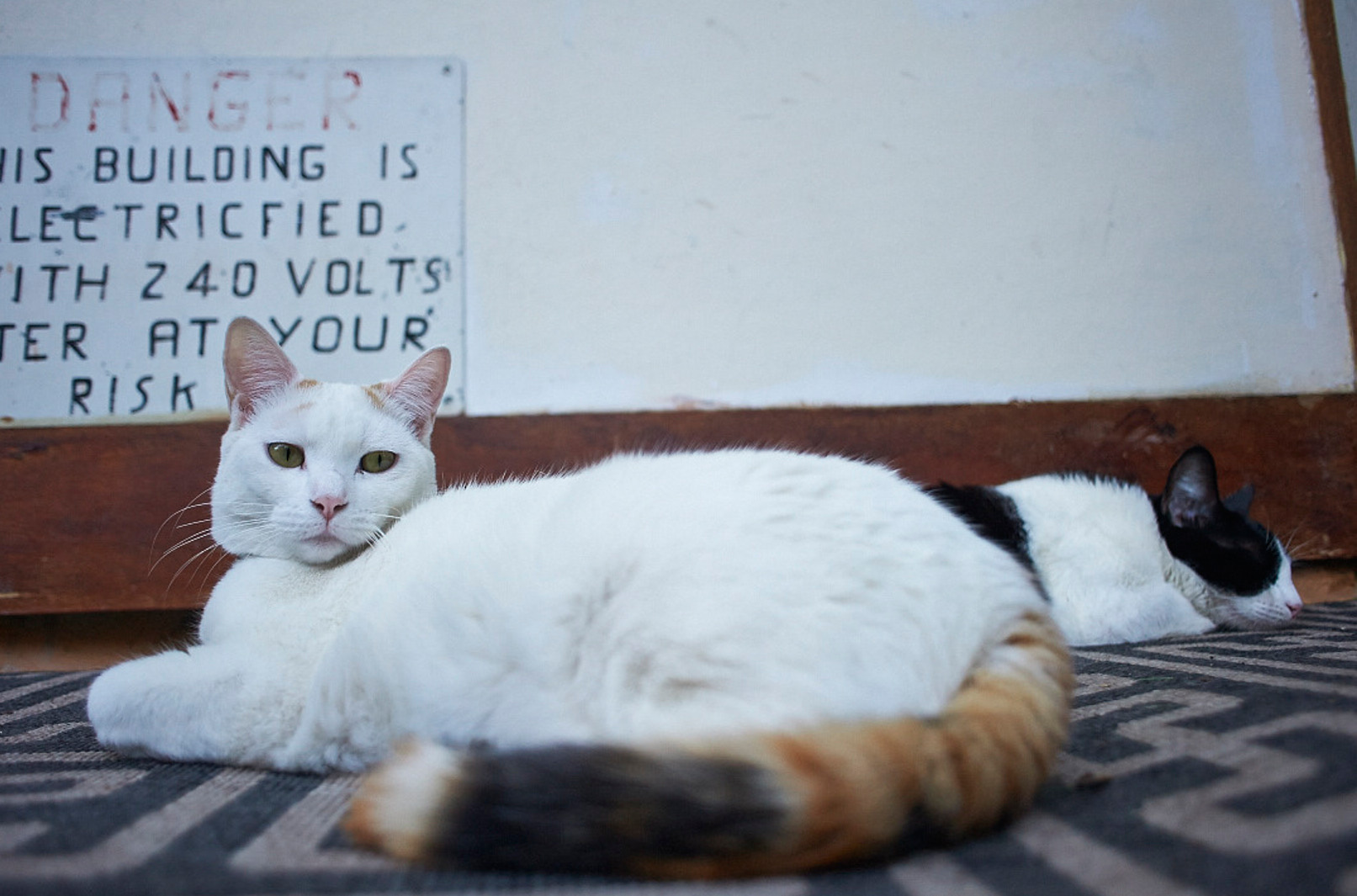It’s common for people to assume that domestic cats will easily befriend, or even ‘need’, close social contact with other cats. If you like to know what science and practical experience with cats say about their social skills, this article might be helpful and answer some of your questions about cat’s natural behaviours.
These are the questions frequently asked by most cat caregivers and we will try to cover them.
- Can a cat as a single pet be perfectly happy?
- I’m planning to get a cat, but I heard that I should get two together. Is this true?
- I’m thinking of getting another cat for my already grown up cat to keep her a company? What age and what sex might be most acceptable to my adult cat?
- I want to maximize the chance of successful integration of my cat with a new cat. What should I do?”
- How many cats are too many?
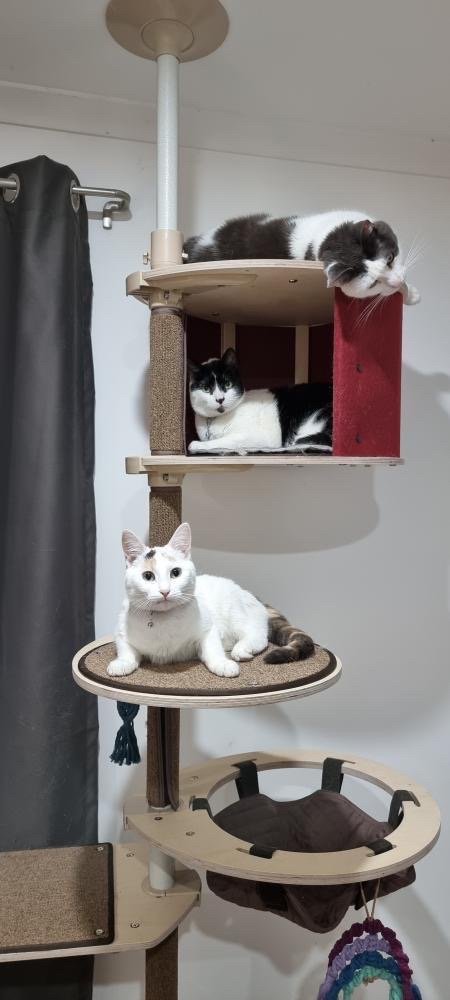
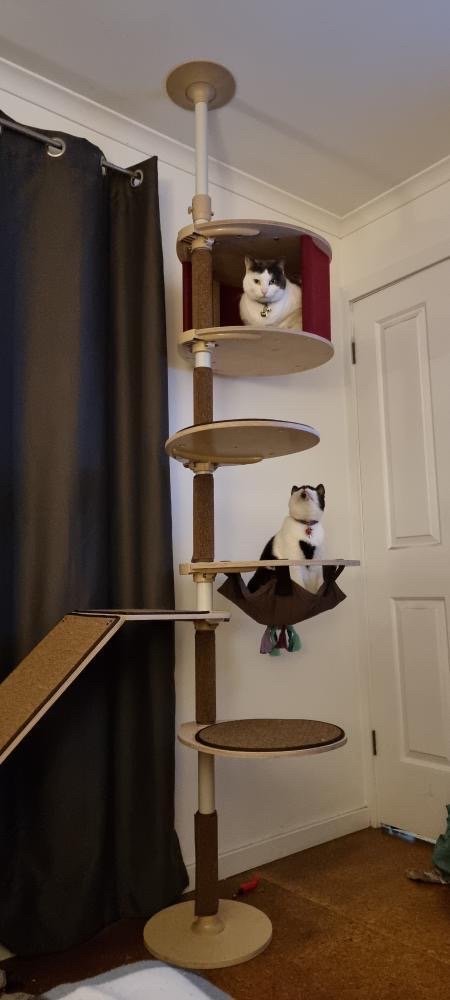
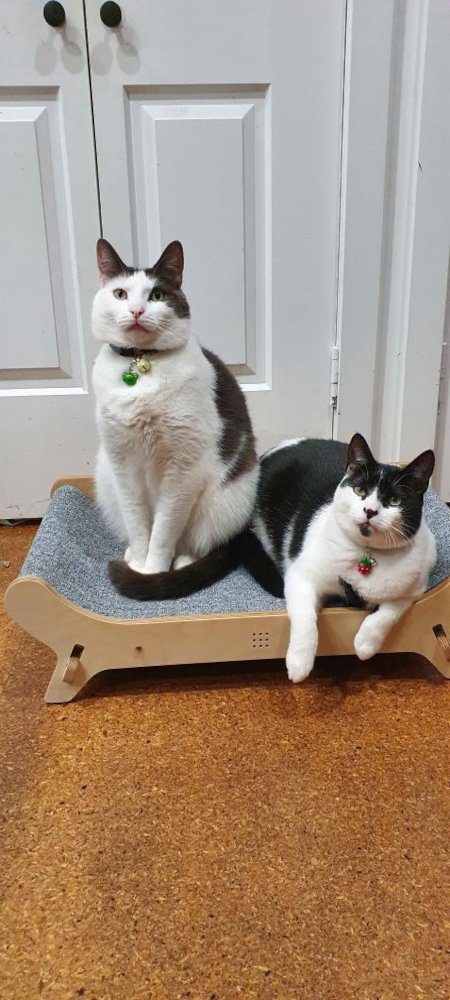
Photo courtesy of @nashville_noah
Historically, the wildcat ancestors of domestic cats were solitary animals. However, the social behaviour of our pet cats, Felis silvestris catus, is more variable depending primarily on the early developmental factors, density of cats and the distribution of resources. While retaining their roots as solitary hunters, there are situations when cats will adapt to group-living through the development of social structures, in both natural and artificial situations.
As a conclusion of this knowledge (and pet overpopulation resulting in animal shelters being often full to capacity and not enough homes for all cats) there has been a move to promote ownership of more than one cat, and in particular to encourage owners to take on two cats at the same time.
This can be beneficial as these cats play together and provide each other with both physical and mental stimulation. However, it is crucial to have an understanding of feline social systems if you are to take on two or more cats successfully.
Broadly speaking, the living arrangements of free-living domestic cats can be divided into those in which they form small groups (of females and kittens) and those that remain solitary with individual territories. In most situations, cats are not tolerant of outsiders and are less likely to cohabit harmoniously with a cat that they are not related to. Where social groups of cats do exist, they appear to work well only when the members of the group are familiar and when there is no competition over food and other resources.
Based on this knowledge most professionals working with cats will recommend, if you are taking on more than one kitten, to take on two from the same litter. Adopting two older kittens may work out well, but the general rule is that the younger the kittens are when they meet, the more easily they will accept each other as part of their social group.
If your cat is an adult living as the only cat, then it’s recommended to think carefully about introducing a new cat. The majority of cats are hostile to other unrelated cats, and there is certainly no guarantee that your cat will thank you for a new playmate. Unfortunately, research has found that problems arising from the introduction of new cats into the household are the most common behavioural category for which cats are returned to rescue shelters after homing.
Although it is generally accepted that related cats make the most compatible housemates it is difficult to give guidance about compatibility of unrelated cats. Each cat is an individual and there are no blanket rules for all.
Despite fewer studies, one piece of research carried out in Switzerland suggests that adult cats are more likely to accept the introduction of a younger individual than one of the same age or older.
Therefore, it would probably be sensible to think about a kitten or a young adult for the new addition to your family.
If you do need to take on an adult cat, the same research suggested that an adult of the opposite sex was more likely to be accepted and in cases of same-sex pairs, two males were slightly more likely to be compatible than two females.
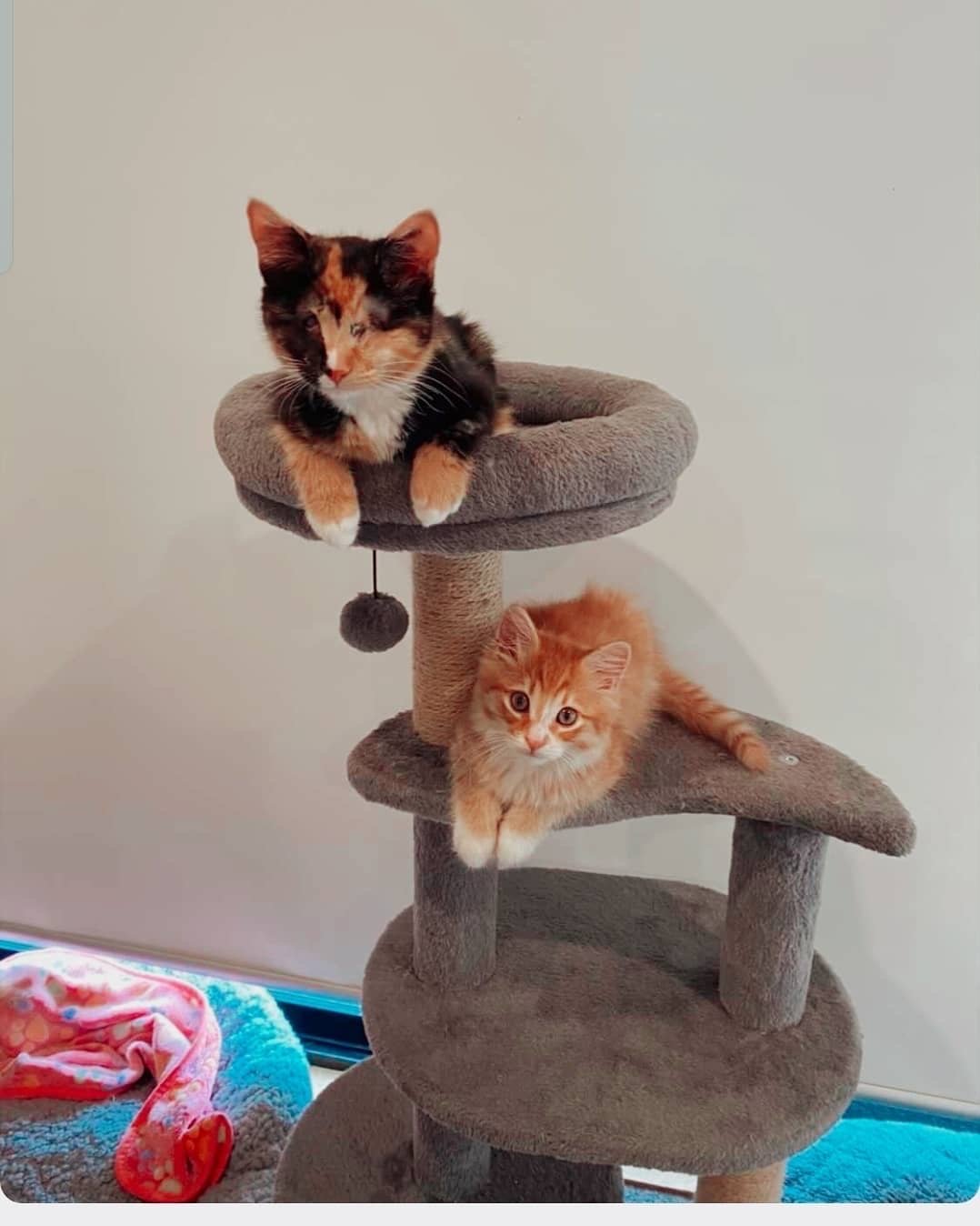
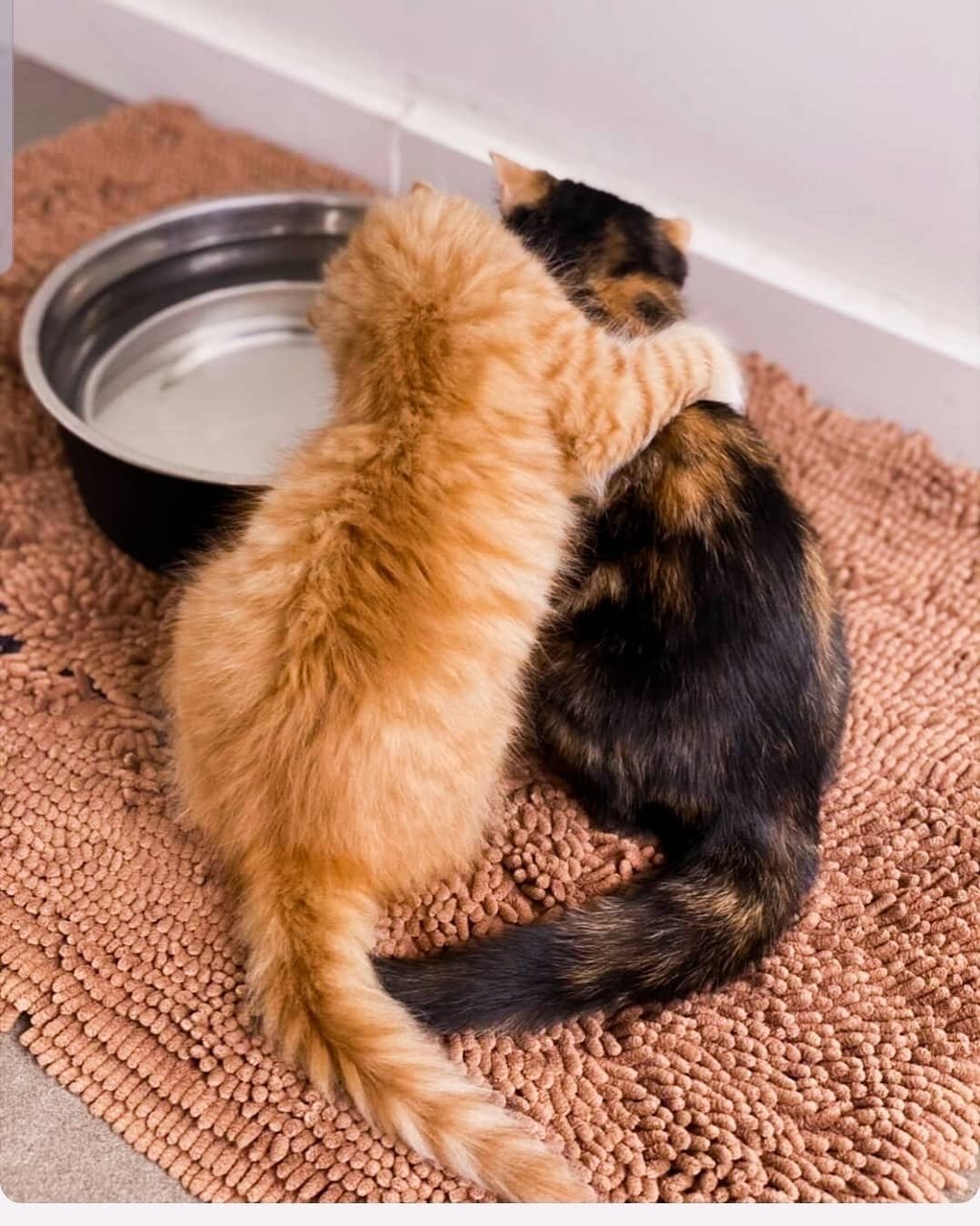
Photo courtesy of @thekittencarer
If you’re considering a multi cat household, it is important to think about a few things:
- How much time you will have to spend with each cat. Cats bond closely to their humans and require frequent quality time to interact and play with their people.
- How much space they will have available within your home if you want to provide them with the best care possible. Each cat needs a separate litter box, food and water bowls and multiple safe places to rest and sleep.
- Can you afford food, cat furniture, boarding and unexpected veterinarian bills?
Animal behaviour specialists often see more problems in multi cat households. Having more cats may result in urination problems (not in the litter box), inter cat fighting and attacking, and difficulty in monitoring general health. For example, checking the litter box to see if one cat has a urinary tract infection is more difficult when you have four cats.
We asked friends of Woods For Cats to share their experience with us. We would like to mention some of them. Thank you so much everyone who responded to our request and shared your experiences!
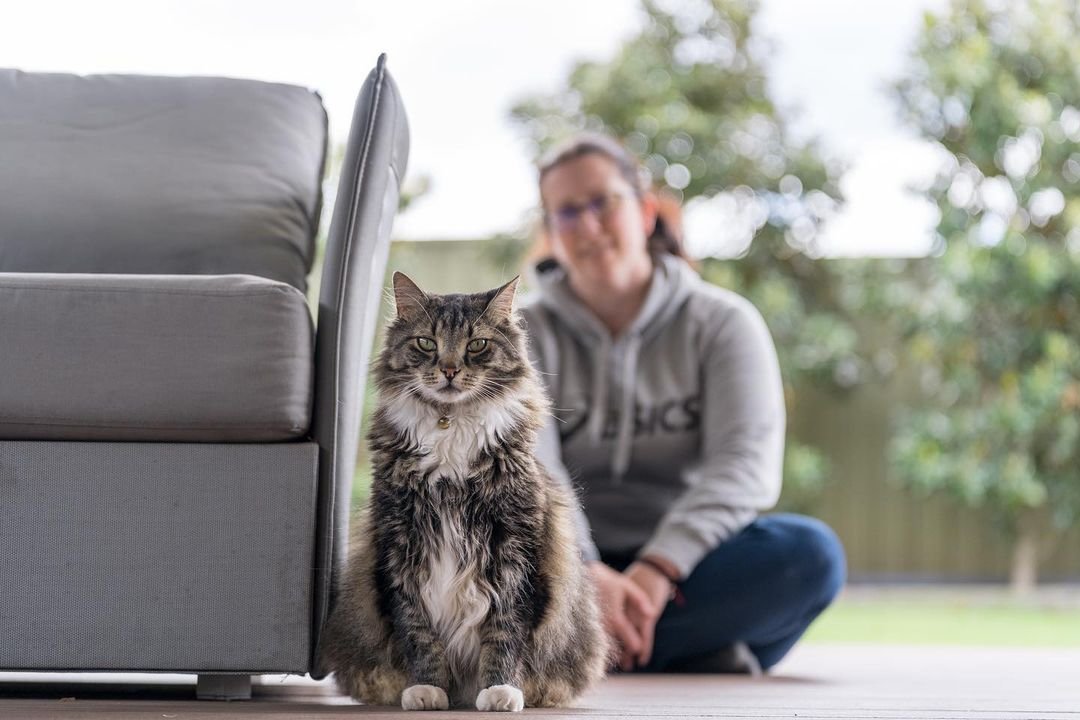

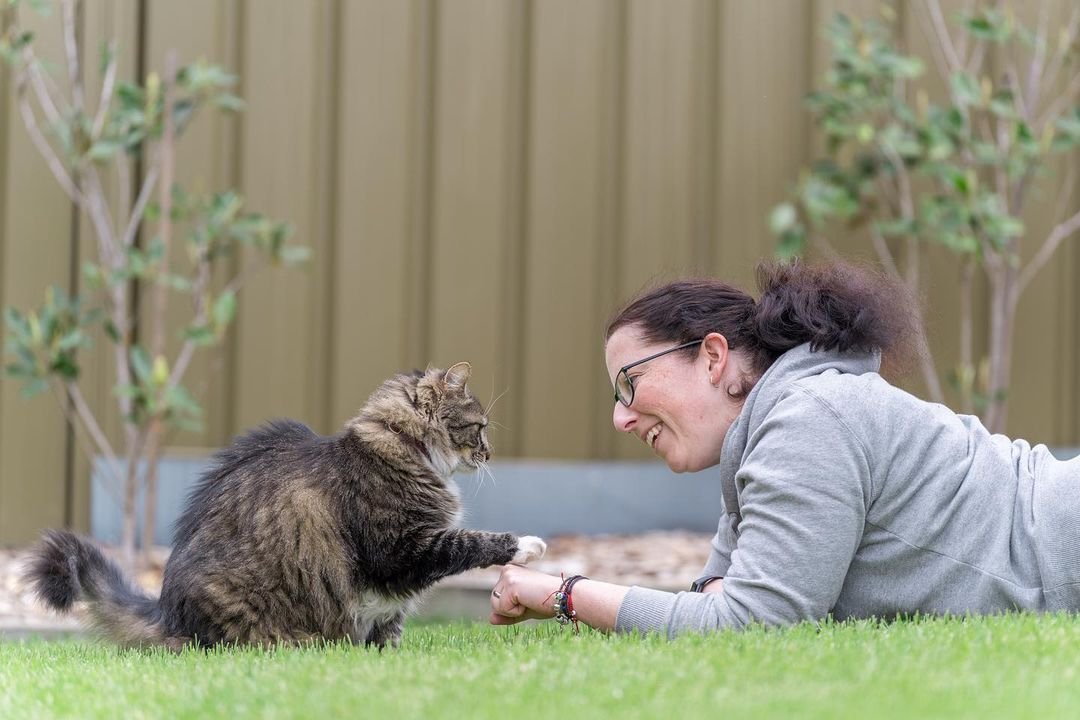
@kate_and_caesar
“I tried to get a second cat when Caesar was about 3. I had her in another room but the door ajar so they could see and smell each other. Unfortunately Caesar didn’t cope well with it and actually became very aggressive with my mum, who he loves.
I had to take this beautiful little kitten back. As soon as I got home and he realised she wasn’t with me, he became really affectionate. He made it clear he wants to be an only child, no matter what I might want.”
@meg.noms.and.naps
Cats:
A 4-year-old female I’ve had since a kitten, dominant and jealous (was best friends with my 11-year-old male who passed away in March).
A 2-year-old male (since April 2020). He’s very nervous and skittish.
…They’re coexisting peacefully now…
“A key thing I’m doing with them is play therapy. It helps to build confidence in the nervous cat and to bring them together around positive experiences.
(As well as:)
Supervised treat time;
Scent swapping: swap their favourite blankets so they get the scent of the other on them, pat one then the other back and forth to mingle your scent and their scent with each other.
If you can, make sure there are extra beds and blankets around the house to give them their own territory.
I highly recommend LickiMats to feed them wet food – the licking motion comforts them and hopefully they will each lick from the same mat (supervised) to build trust.
It’s wonderful when they bond and play, groom and sleep together but success is also just existing peacefully and not hissing or attacking each other. I’ve had some major challenges adding a cat to the household each time, and every positive step is great.
If you’re really having trouble between cats, if you’re able to convert a buffet/ cabinet or two by putting in a microchip cat door and put in a bed and bowl so each individual cat (or just the one getting beaten up or nervous) can have their own private space they can retreat to if they want/need to get away from the other is great. The microchip door will ensure only that particular cat can enter and gives them a safe haven and territory to call their own.”
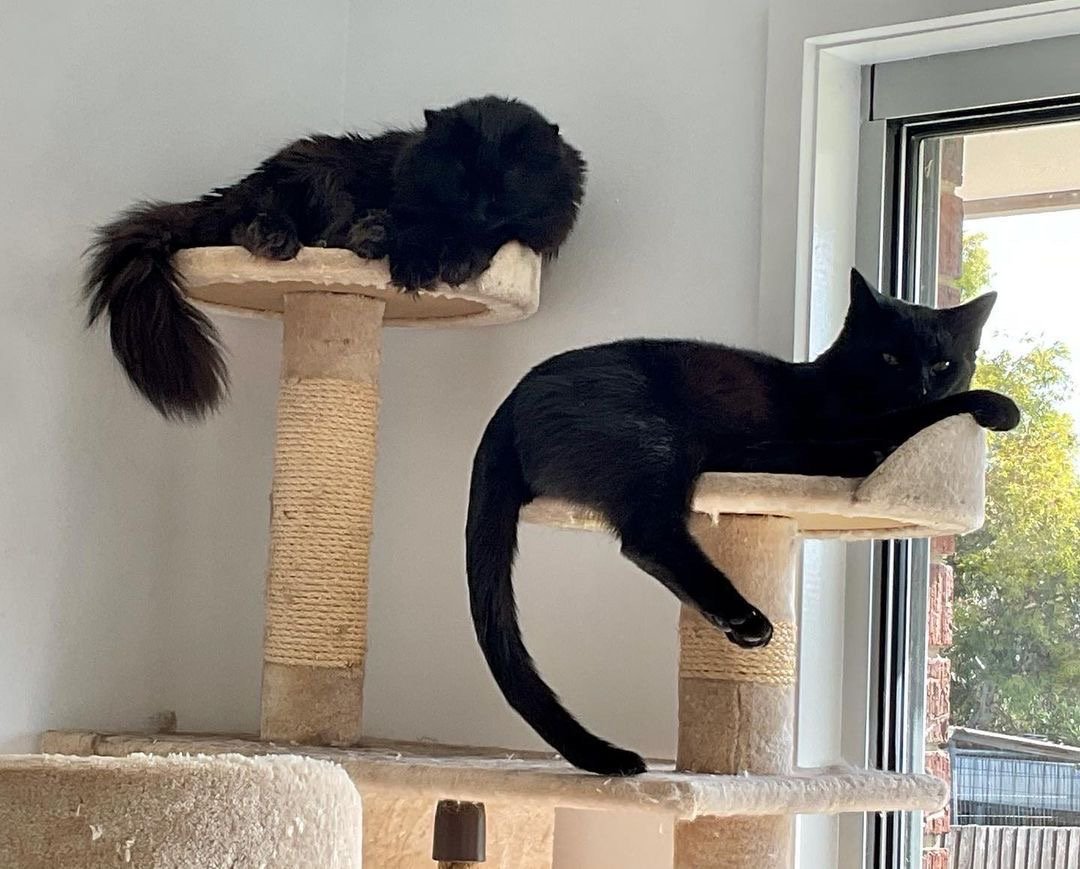
@amba_n_silk
“We have two [cats] — brother and sister from the same litter. For the first 4½ years it was great. Then the boy, who is 50% bigger than his sister, suddenly became (literally overnight) very aggressive towards her. We tried pretty much everything but to no avail. So for the past 8½ years, we have them living in separate parts of the house. The girl became quite anxious as a result of the boy’s aggression as she still wanted to be with him. But we love them both so we’ll just continue to keep them separated.”
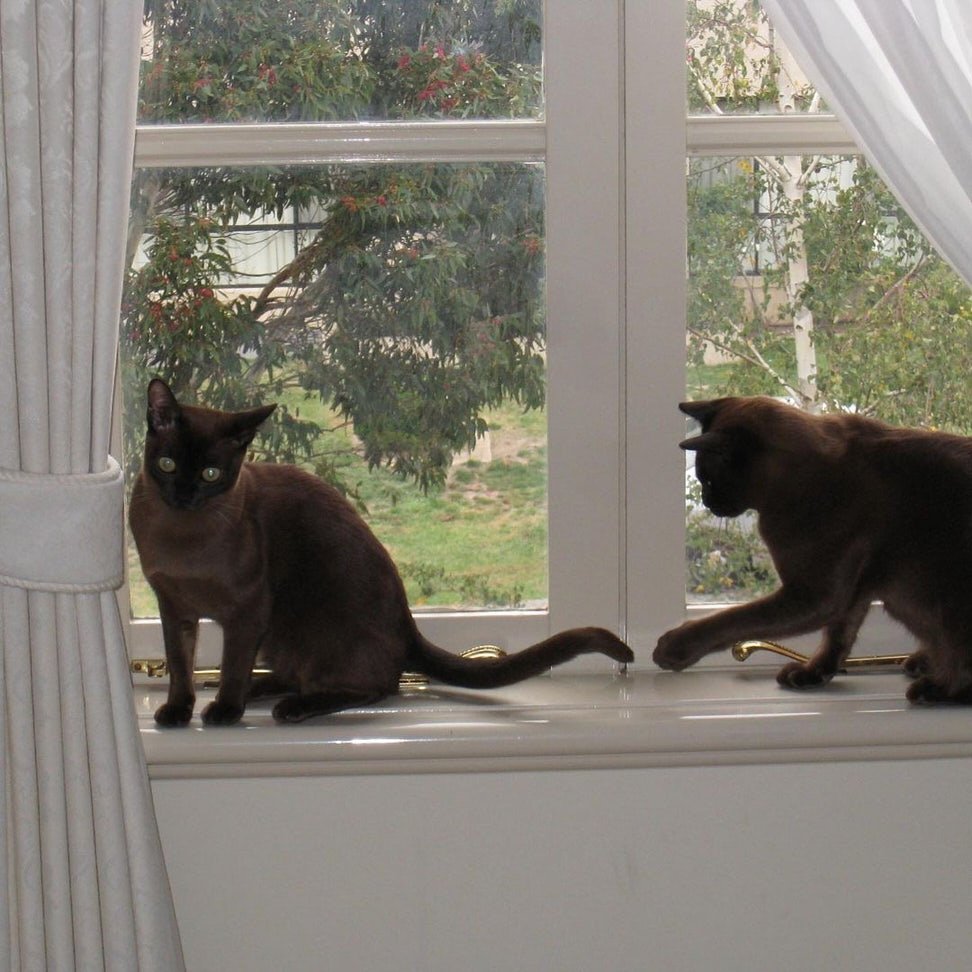
Despite potential issues, there are cats that if they have been sufficiently socialized to other cats or are particularly sociable, will benefit from a company. If your cat has been seen in the company of other cats without excessive fear or aggression, it may be possible to integrate a new cat into the household.
However, if your cat shows distress and hostility to other cats, hisses, growls, or marks territory if they enter your yard or garden, then obtaining another cat would not be advisable. It may cause a lot of stress for you and both cats before they adapt to a new situation and even if they learn to tolerate each other, only rarely these cats would develop a close bond.
Our Exprience
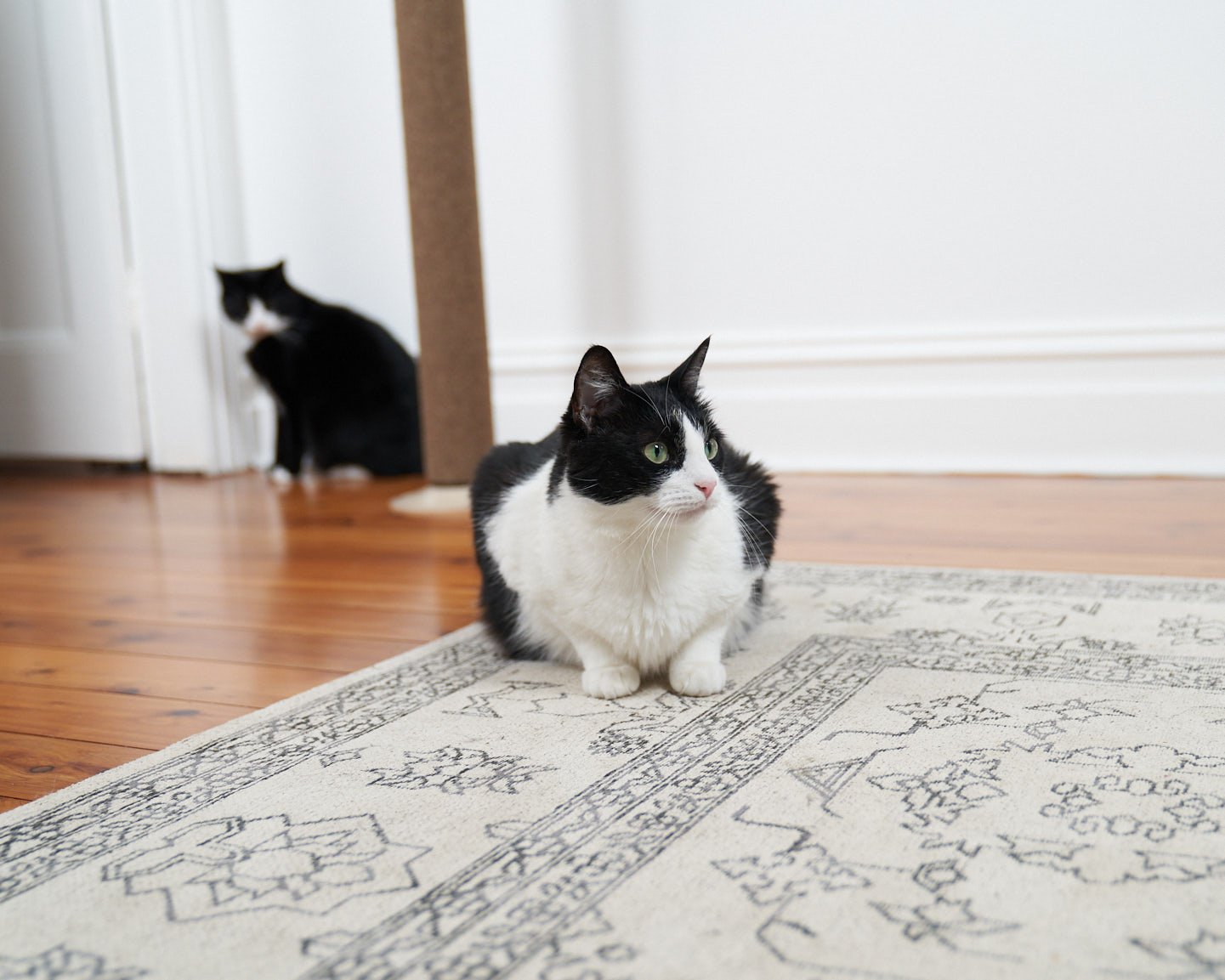
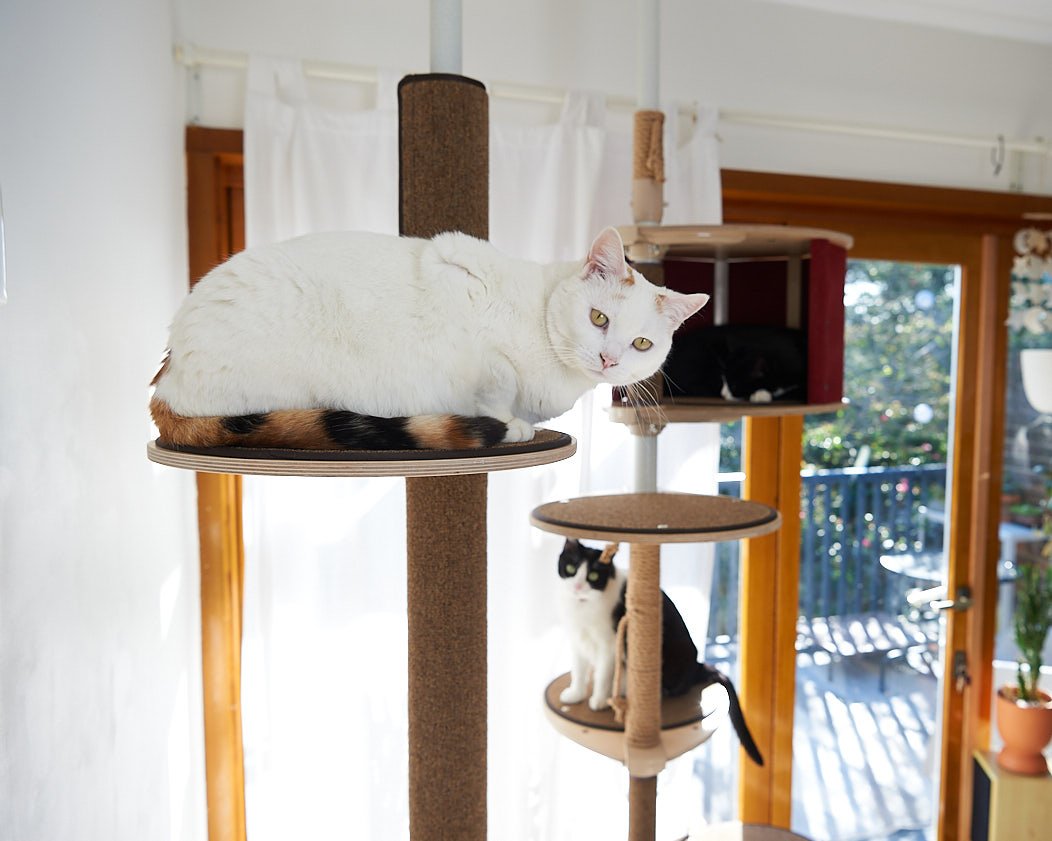
“My very own experience with living with three unrelated cats (two females and one male) taught me that it can be challenging to manage multiple unrelated cats living under one roof. Our three cats live their life almost completely separately from each other having their own “territories” within our home. They eat and relax in different parts of the house most of the time. I have to admit that this wasn’t my expectation, but my knowledge about natural cat behaviour was still very limited when we took in a second cat years ago. We didn’t experience any major behavioural issues, but we go through those occasional “jealousy” bursts between our two females.”
Cats are territorial animals and when you are introducing a second cat you need to remember that they need to establish their own space within your home. Punishing animals for aggressive or unwanted behaviour will not solve a problematic situation. It might be wiser to provide your new cat with a separate housing area and slowly integrate the cats during times when they are mostly likely enjoying themselves, such as feeding and playing. Until they develop some degree of familiarity, introductions are unlikely to be successful.
As we mentioned above, when the cats are brought together, key resources such as food, litter boxes, shelter and social interaction need to be available in sufficient numbers to ensure that there is no unnecessary conflict. It is sensible to space these resources around your home to minimize the need to share them directly. If problems arise, an extended period of separation followed by a very gradual reintroduction might need to be also considered.
If you like to know more about recommendations of how to introduce a new cat in more detail, please read here. You will find useful information on this website as they provide high-level, relevant advice and support for cat caregivers. The information on their website has been put together by their feline veterinary and behaviour specialists aiming to provide a cat health resource which can be trusted by cat owners and those working with cats.
One of our main goals as a cat furniture company is to help cat owners with enrichment and catification of their homes. Many cat behaviorists suggest in multiple cat households it’s necessary to increase the amount of available space within the home. This can be achieved by making use of three-dimensional features of the house by adding furniture and shelving allowing cats to make use of vertical as well as horizontal space. Providing pieces of furniture your content and happy cats can freely enjoy that are made to last (not to replace after a year or two) is what we are passionate about.
“Adding furniture, shelving, and aerobic centers that allow cats to make use of vertical as well as horizontal space is necessary in multicat households.” ~ Debra Horwitz, DVM, DACVB & Gary Landsberg, DVM, DACVB, DECAWBM
